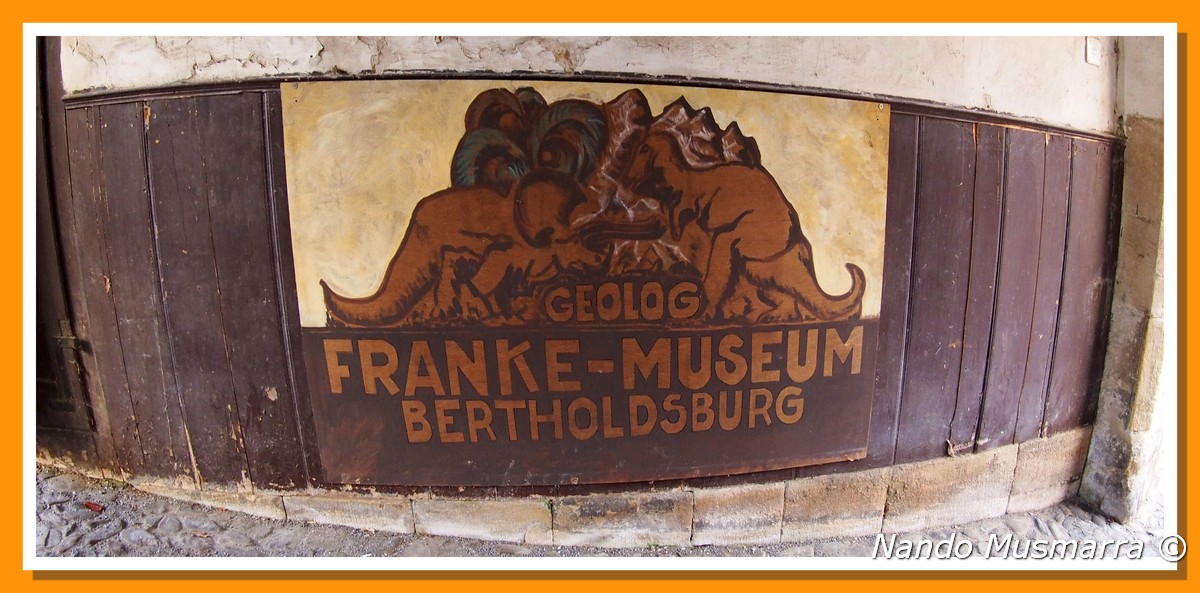Germany - Fossil of The Year 2011 - ... and The Award Goes... to the White Sharks From The Rotliegend Time: Orthacanthus (Lebachacanthus) senckenbergianus
by Nando Musmarra - revised by Daniel A. Woehr
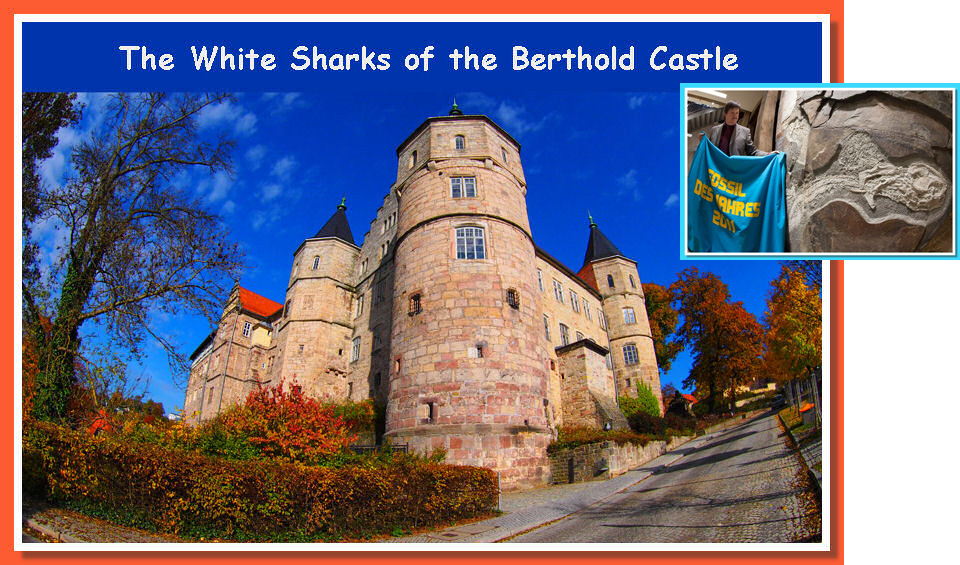
DISCLAIMER: the following fossil sharks are not really "white sharks" 
If you're a fossil maniac visiting Germany with just a few days holiday, I am certain the "Three White Sharks" hosted in the Berthold Castle of Schleusingen might be your target.
The castle itself is one of the most typical in Thuringia. It hosts, apart from the usual middle-age armors, helmets and swords, a nice Wunderkammer and a world-class Natural History collection, mostly from the famous local Permian and Triassic Fossil-Lagerstätte.
During the first part of Permian (Meisenheim formation, about 290 million years ago), the giant supercontinent, Pangea, was almost at its apex, going from pole to pole. At that time there was still ongoing the Hercynian orogeny, although most of the Permian was tectonically quiet. The Permian basin, covering parts of the Northern Germany, together with Netherlands, Poland and some territory of the Baltic Sea was formed by the erosional sediments of the Hercynian Mountains in additions to volcanic products1.
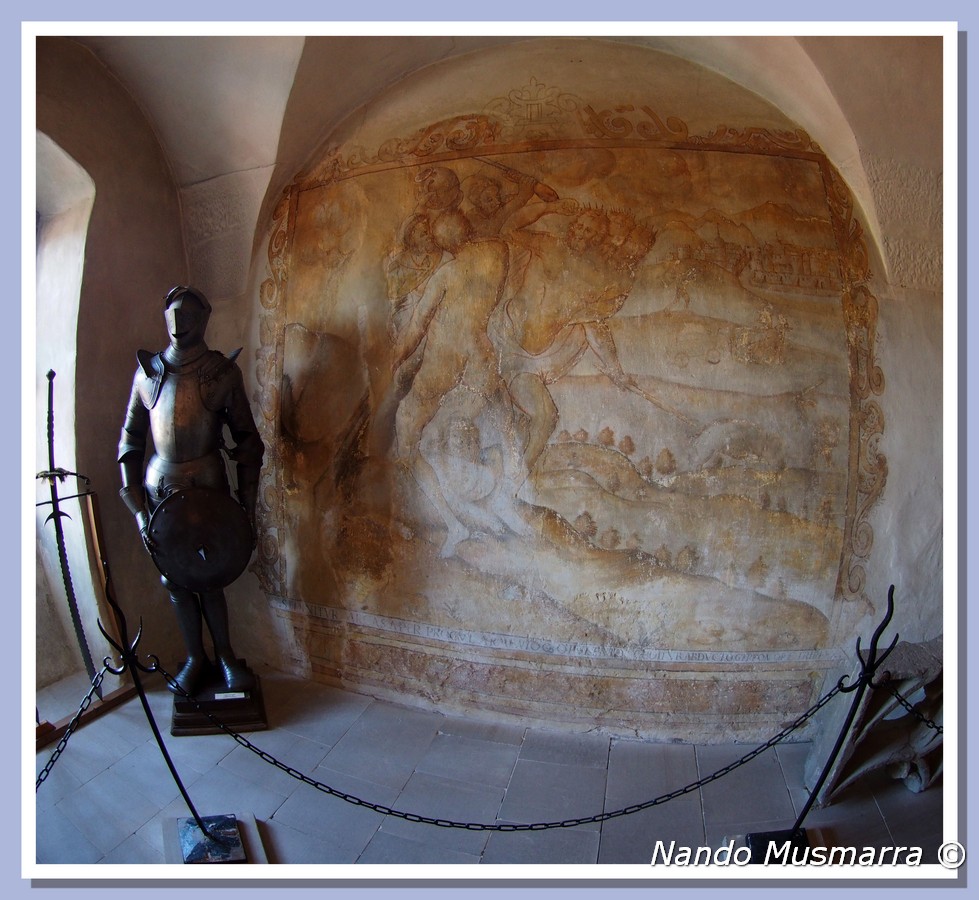
Also the global climate was affected by the assembly of Pangea: big parts of the supercontinent were arid and warm, with strong monsoons, causing the reduction of the wet forests and the coal swamps of the previous Carboniferous period, paving the way for the modern forests. Big land fauna changes were in action during the Permian2.
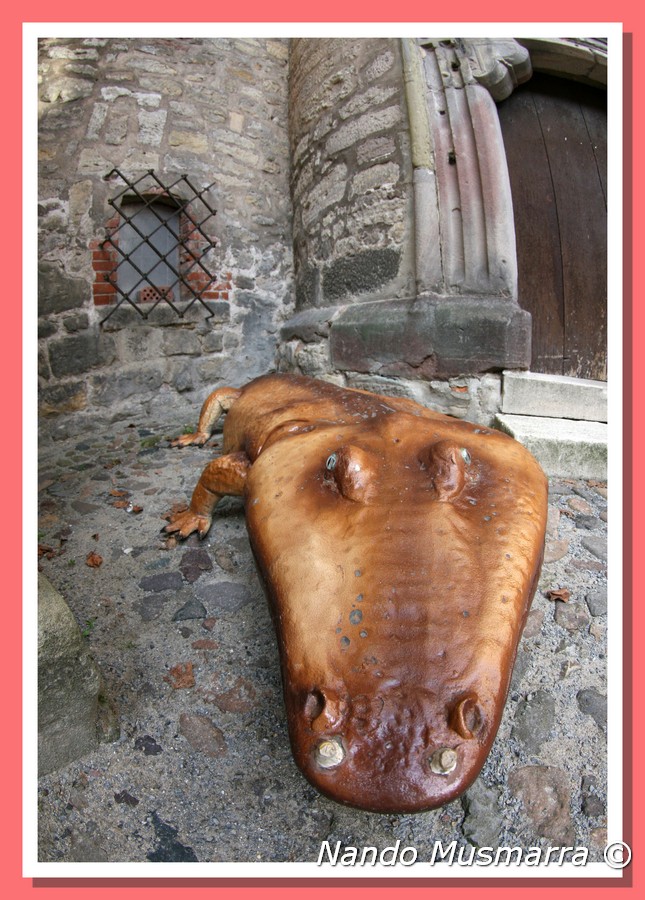
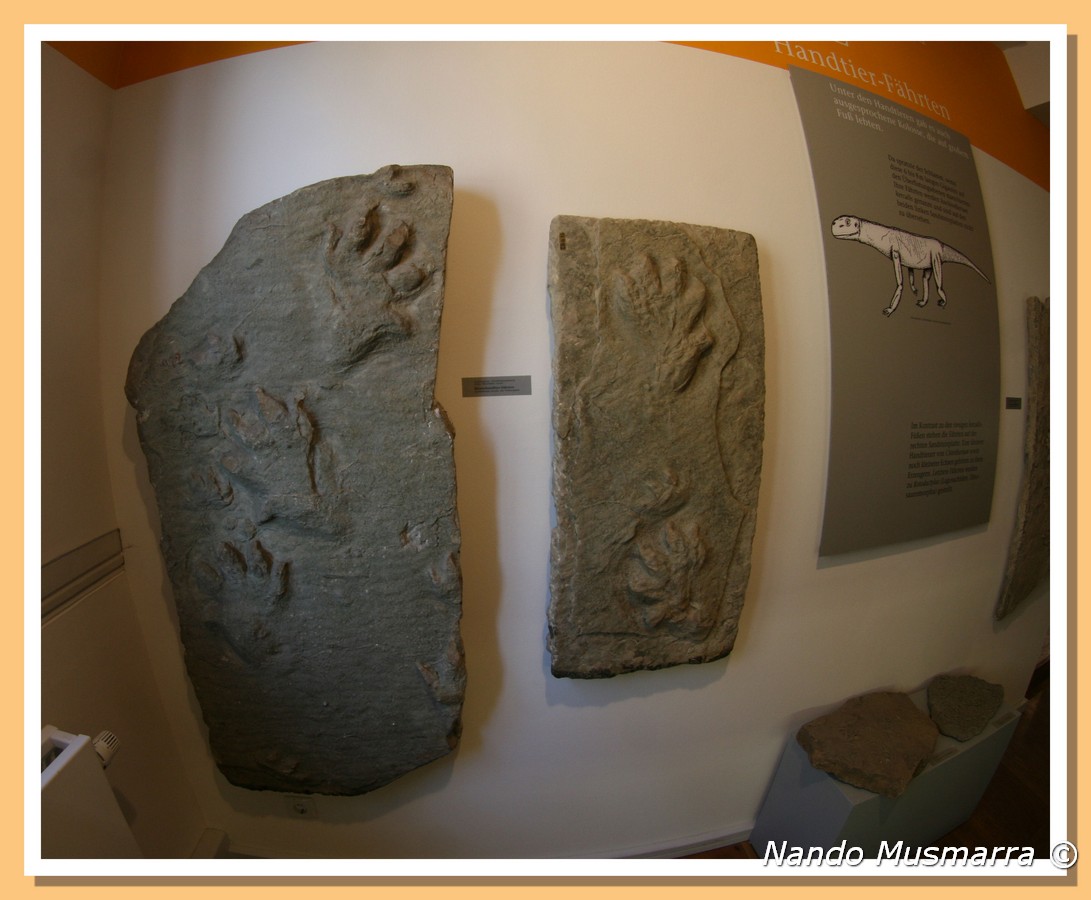
240 million years old Chirotherium footprints
Life in the seas differed little from the Carboniferous, with abundance of the crinoids, brachiopods and ammonoids, at the expenses of trilobites, which had become rare. Corals continued their relentless work of reef builders. The bony fish flourished, and cartilaginous sharks strongly demanded spaces for their evolutionary path2.
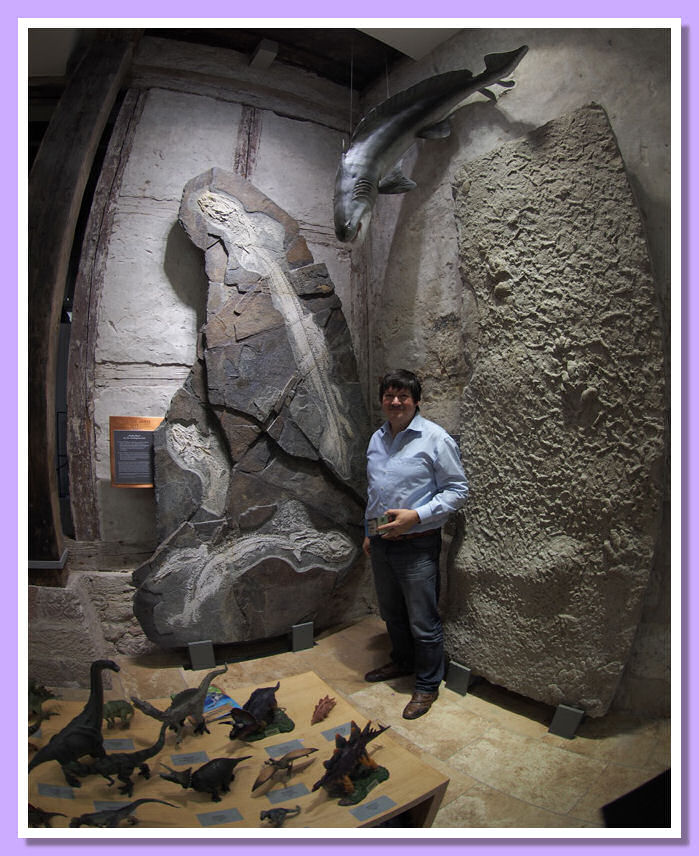
For comparation purposes, the Museum director Dr. Ralf Werneburg, is more than 1.90 meters tall
The three-meter high stone plate is located at Museum entrance. Originally fragmented in more than 30 pieces, the big shale needed more than 200 days of preparation work done by Natural History Museum in Schleusingen. The exceptional discovery was made in 2007 near Kaiserlauteren, in Thuringia. The stone plate, excavated by a team led by Arnulf and Harald Stapf from the Nierstein Palaeontological Museum, is now in the Berthold Castle in Schleusingen as permanent loan from the state of Rhineland-Palatinate.
The plate is composed of the skeletons of 3 freshwater sharks, two adults and a juvenile. The two sexually mature male specimens are identified to gender by the reproduction organs, that look similar to those of living sharks.
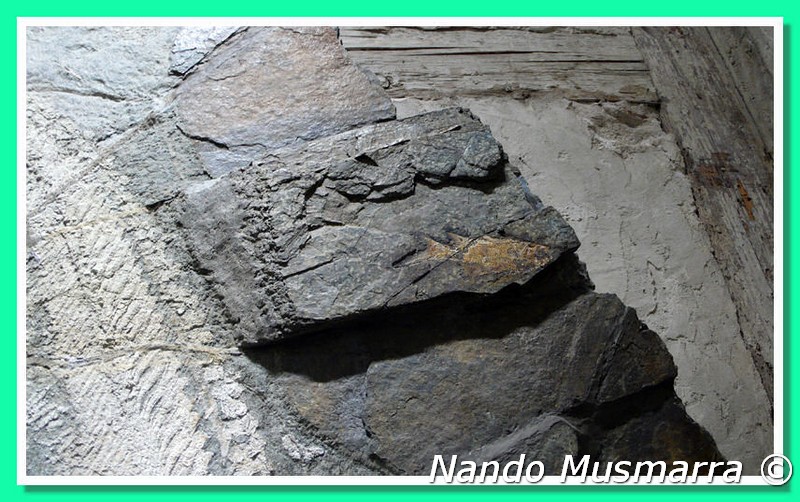
Moving to the top of the plate, we see the bigger shark that's 2,15 meters long! Upward, a life-size replica keeps watch over the white sharks. Off-center and toward the right side of the plate, there is also a fossilized barb fish with the bonus of several fish scales. Note the bony fish is brown in color and not white like the sharks.
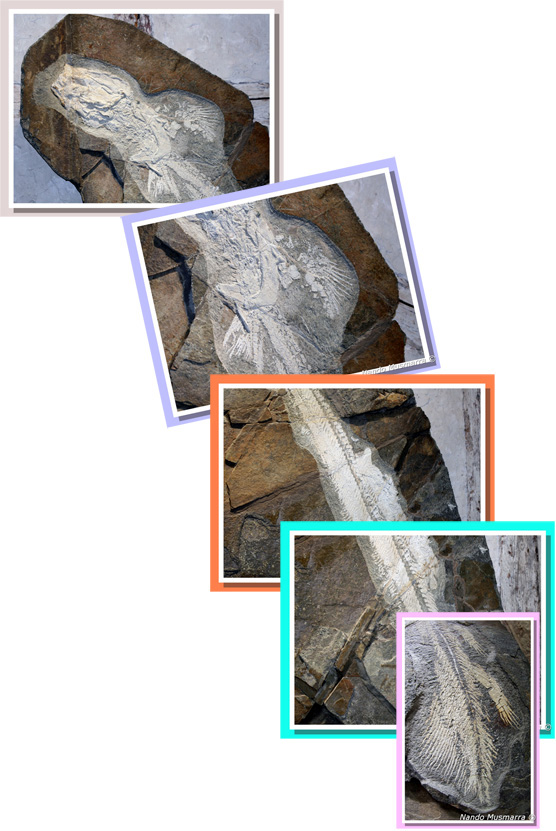
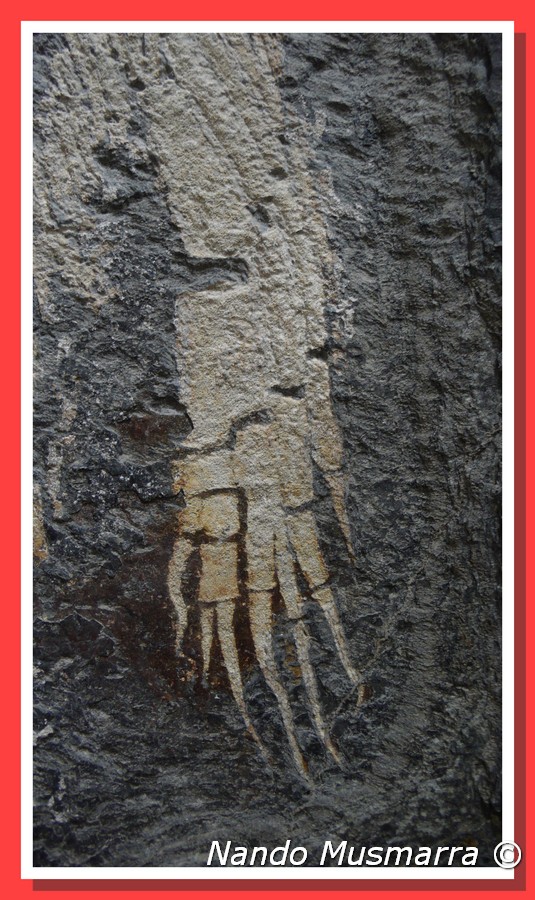
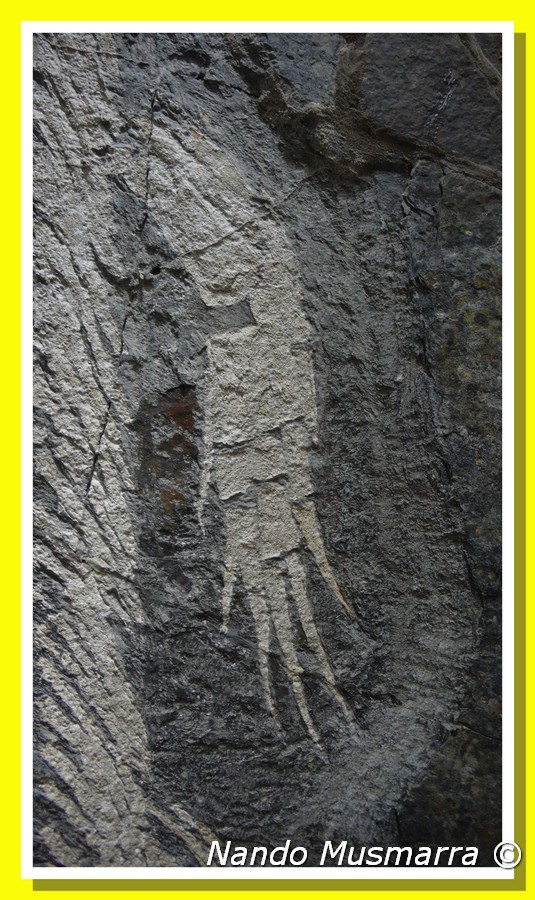
According to the museum director, Dr. Ralf Werneburg, the white color of the sharks depends by the high temperatures of the lava that flowed underground, that has whitened the originally dark, calcified cartilage, forming a nice contrast against the dark gray rock. Bony fish colors were not affected by the lava heat.
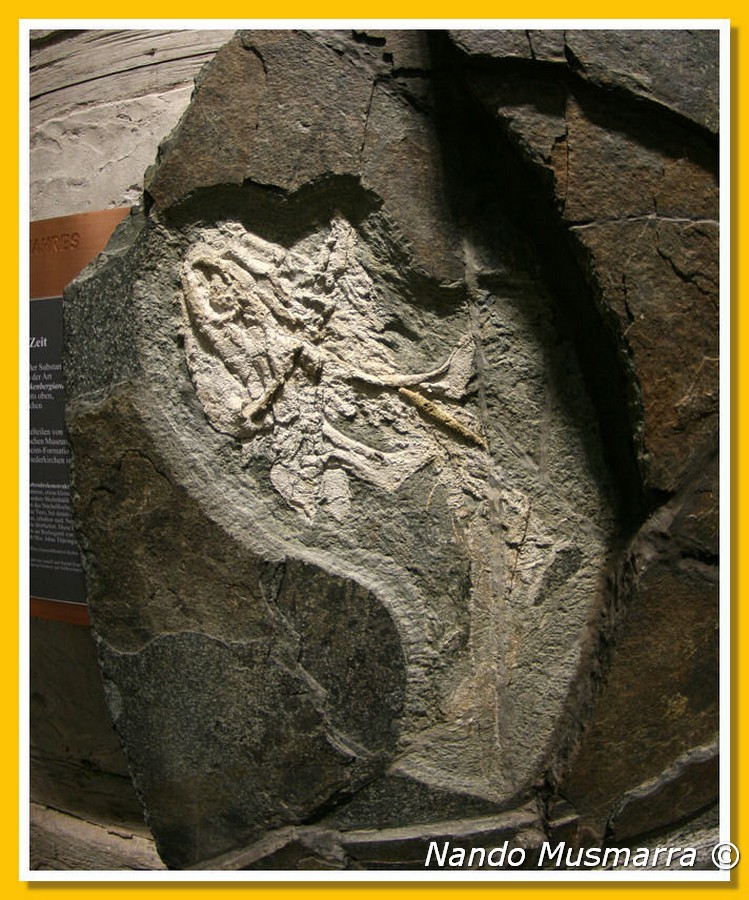
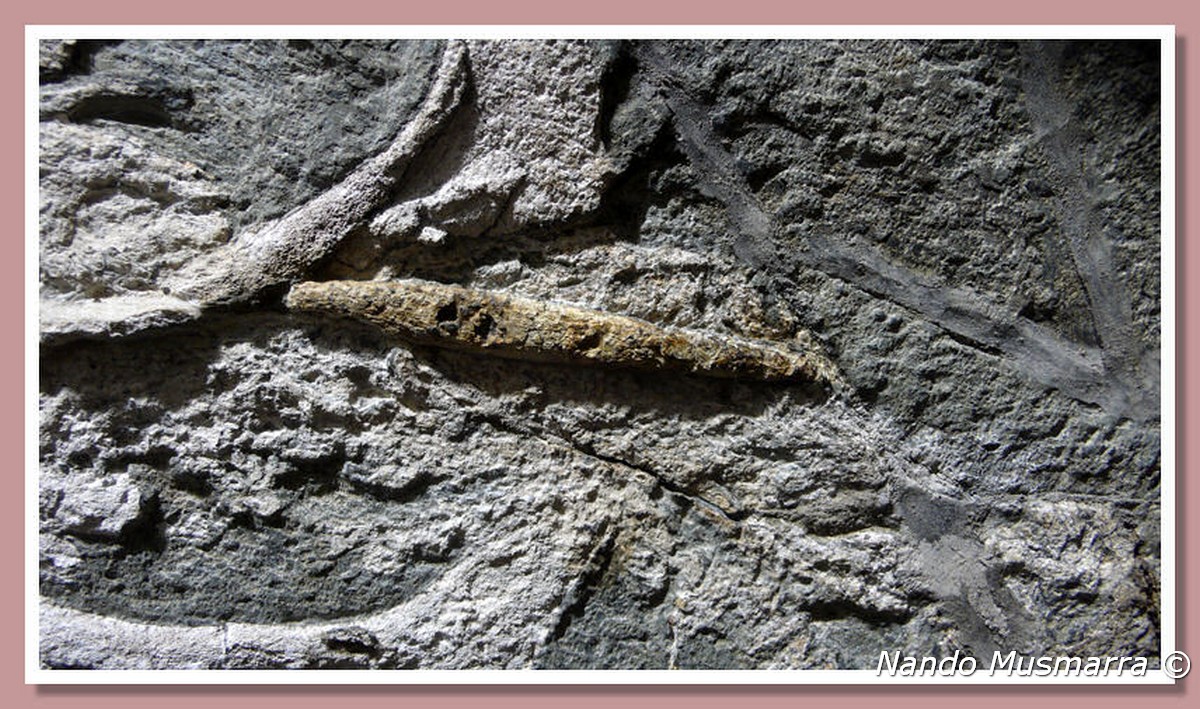
When we get to the lower part of the plate, we can observe, on the left side, a juvenile shark specimen with the front part visible. The horizontal white shape of the third awesome specimen completes the fossil plate description. More details in the following photos.
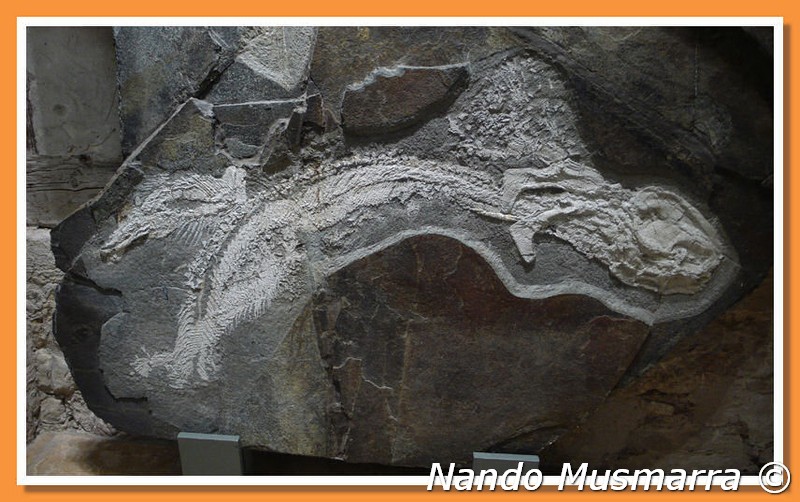
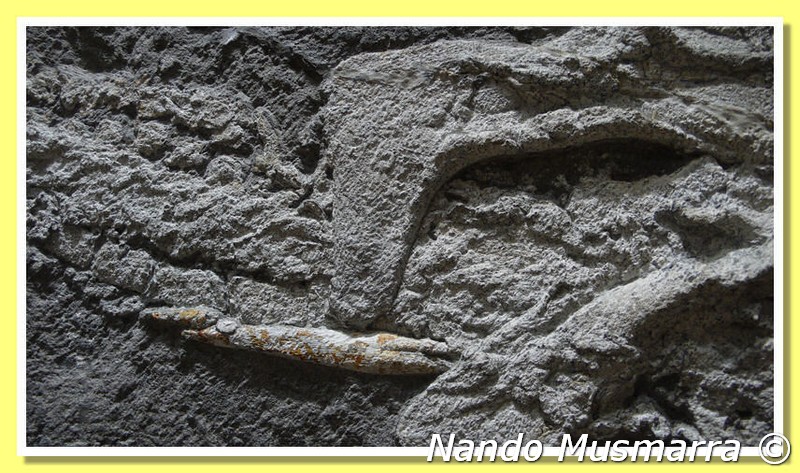
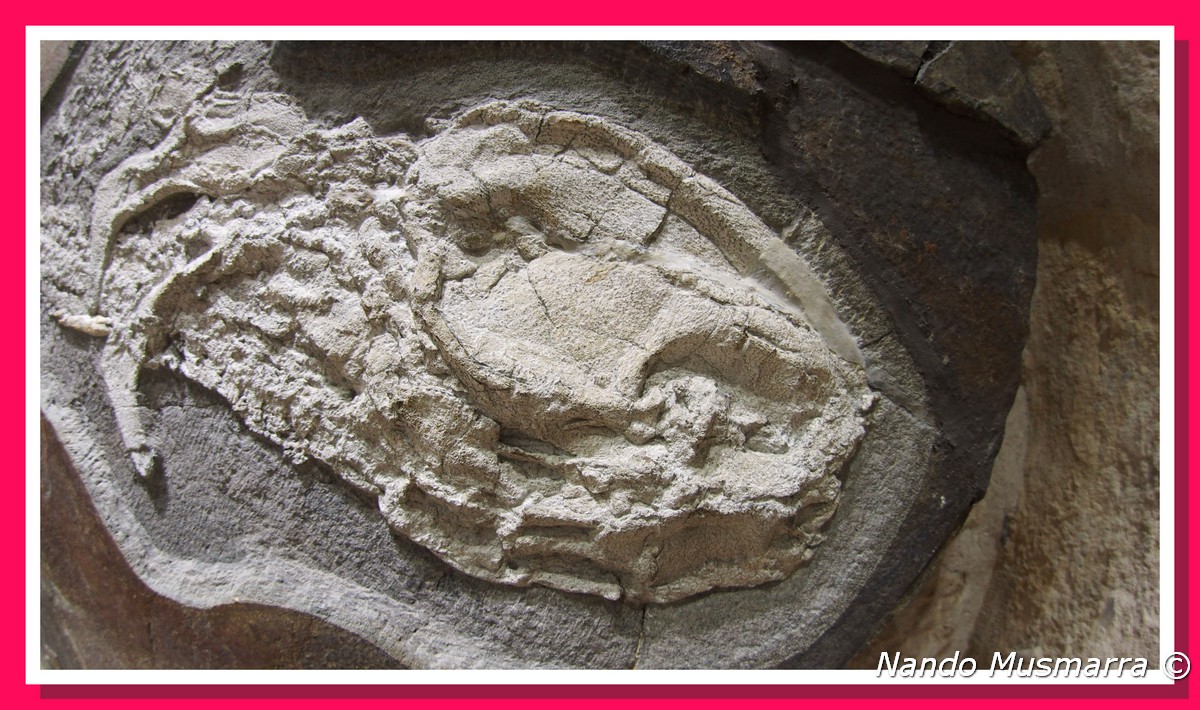
Existing from the Devonian age, Orthacanthus became extinct at the end of Triassic, about 225 million years ago. Orthacanthus, the apex predator of freshwater swamps, is an extinct genus of shark belonging to the order of Xenacanthiforms (Berg, 1937). The sharks belonging to this order have fusiform body, paired fins, elongate dorsal single spine and fin of various size, proportions and positions. Their teeth are tricuspidate, with the two lateral cusps bigger than the medial one.
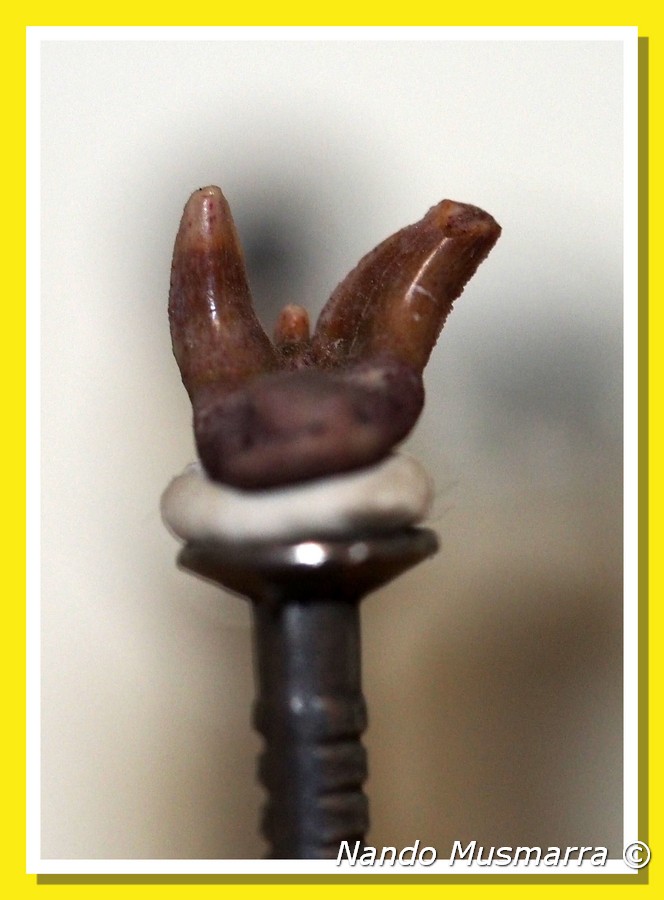
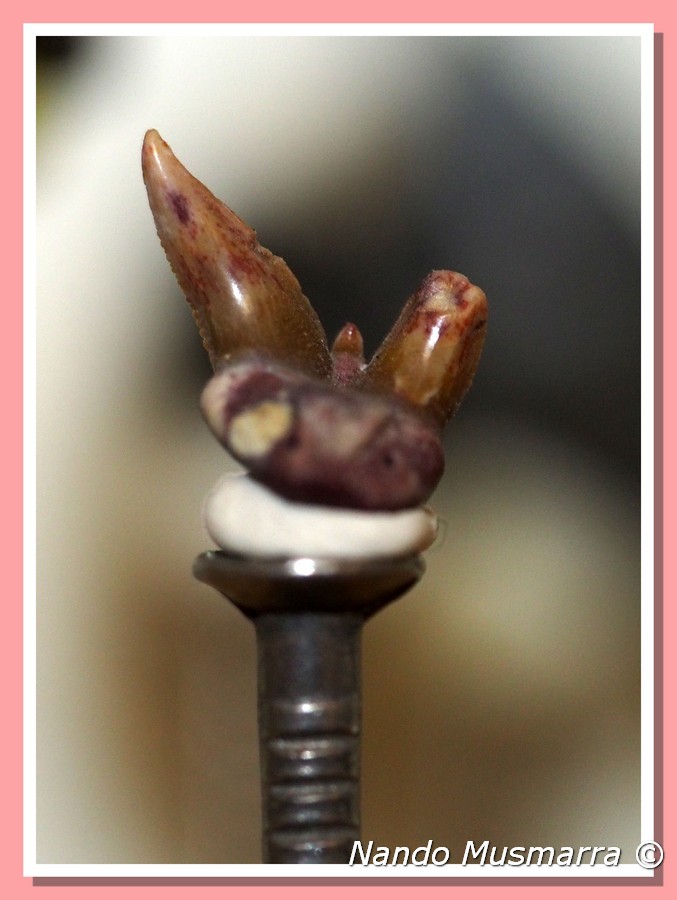
Orthacantus sp. - Permian, Texas, Usa - Private collection
There is a debate concerning the exact placement of those sharks linked to the position and to the shape of the dorsal spine. According to Soler-Dijòn, Lebachacanthus had a short dorsal spine located above the shoulder girdle; in contrast Orthacanthus had the dorsal spine longer, slender and positioned nearer to the skull. Both Soler-Dijòn (1997) and Heyler&Poplin (1989) erected new families, Labachacanthidae and Orthocanthidae, to accommodate the sharks, but both attempts are invalid, because the studies were made on the same, complete specimen of Lebachacanthus senckenbergianus3.
Many thanks to the Naturhistorisches Museum Schloss Bertholdsburg in Schleusingen.
1 - http://en.wikipedia.org/wiki/Rotliegend
2 - Lynne M. Clos (2008). "North America Throug the Times: a Paleontological History of Our Continent". Fossil News, Boulder, Colorado, Usa - YOU MAY ORDER THE BOOK HERE
3 Ginter M., Hampe O., Duffin C. (2010). "HANDBOOK OF PALEOICHTHYOLOGY - Chondrichthyes - Paleozoic Elasmobranchii: Teeth - Volume 3D" - Verlag Dr. Friedrich Pfeil, München, Deutschland - YOU MAY ORDER THE BOOK HERE
Nando Musmarra ©
